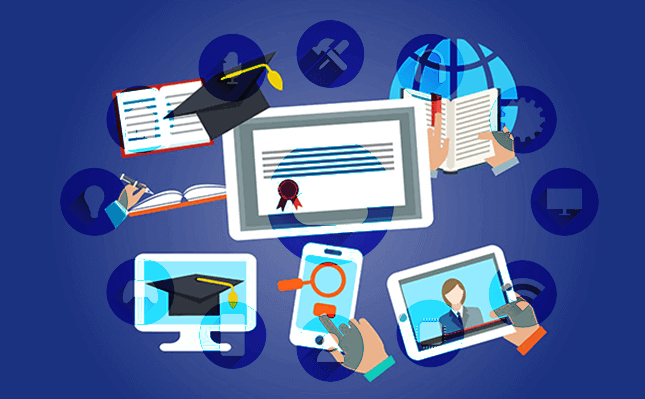How to use the internet of things in your classroom
The Internet of Things is changing the way we live our lives, and it’s also changing the way we educate. As technology continues to evolve, we can see the impact of the Internet of Things in the classroom. In this post, we’ll take a closer look at the ways in which IoT is being used in education, and the benefits that it brings.
The Internet of Things in the Classroom Infographic

Abstract
The Internet of Things (IoT) is rapidly transforming education, helping to improve the way students learn and interact with each other and their teachers. Through IoT, it is possible to create smarter, more connected educational environments, offering teachers, students, and administrators greater capabilities than ever before.
Introduction
The Internet of Things in education involves the integration of numerous connected devices and systems, allowing schools and higher education institutions to operate more effectively and efficiently. IoT devices can track student attendance, monitor student performance and behavior, streamline administrative processes, and offer new ways for teachers and students to engage with each other and with the learning material.
Among the key benefits of IoT in education are:
- Improved student outcomes and performance
- Greater student engagement and participation
- Enhanced teacher and staff efficiency
Internet of Things Applications in Education
1. Smart Classrooms

Smart classrooms are connected environments that have the ability to dynamically adjust lighting, temperature, and other factors to create optimal learning conditions. Students can use tablets and other connected devices to access course materials, collaborate with classmates, and communicate with teachers. Smart classrooms help to enhance learning experiences and increase engagement and collaboration among students.
2. Personalized Learning

IoT in education helps to support personalized learning by providing learning analytics and insights that help teachers to identify student needs and adapt instruction to better meet those needs.
3. Remote Learning
Remote learning has become increasingly important in recent years, and IoT can play a key role in supporting it. Through IoT devices such as tablets, students can access online courses, communicate with teachers, collaborate with classmates, and complete assignments, all from the comfort of their own homes.
4. Campus Safety and Security
IoT devices can support campus safety and security by enhancing surveillance, monitoring, and tracking capabilities. IoT sensors and cameras can detect suspicious activity and alert administrators and law enforcement, helping to prevent crimes or respond more quickly in the event of an emergency.
Conclusion
The Internet of Things is transforming education, offering new ways to enhance learning experiences, improve performance and engagement, and create smarter, more connected environments. Whether through smart classrooms, personalized learning, remote learning, or campus safety and security, the benefits of IoT in education are clear.

Source image : www.webupdatesdaily.com

Source image : www.techholicz.com

Source image : elearninginfographics.com


